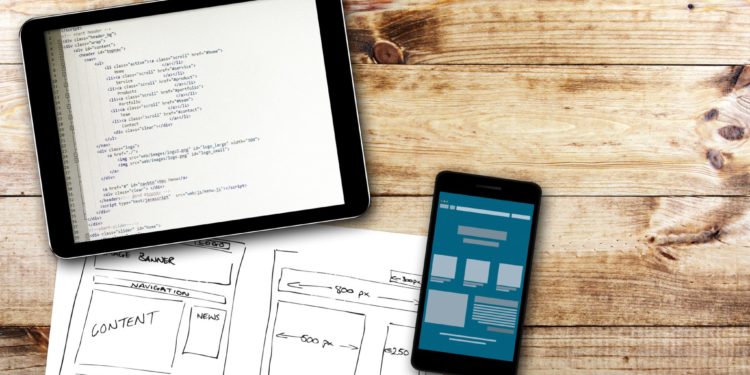Apps are more important than ever. Only on the mobile front, app revenue amounts to over $60 billion since 2015. That’s just considering the apps we have on our phones. We still need to consider management software, web plugins, and more.
You need to understand how app development works if you wish to release your own. That’s true regardless of whether you’re a developer or plan to hire one. Even professional software developers, like Velvetech LLC, agree on that.
The life cycle of app development
According to IBM, app development follows the same steps for any platform. In essence, it all starts with designing your app. Then, you gather the hardware, software, and user requirements. Then, you basically assess what you’ve got so far.
After that, you develop the app’s design in different versions. These iterations include high-level and detailed designs. Finally, you deliver this design to the programmers. They’ll take care of coding and testing the app themselves.
Finally, it’s time for user testing.
The process of user testing
User testing is a process in its own right. They’ll assess your software’s usability by testing all its features. That includes testing its integrations with other platforms for more versatility. Evaluating its performance on high production volumes is also important.
Integrations are commonly the most problematic testing phase. Working with an individual app can cause several coding conflicts. Once testing it’s done, the app goes into production.
After testing
Production involves handing off testing results to operators. Naturally, any issue encountered during testing receives its correction in this stage. Re-testing comes after that, and so on, until the app is ready.
Once it’s ready, developers gather all the documentation necessary for the app. That includes user manuals, training, and more.
Finally, the app releases to the public. However, development doesn’t end there. Maintenance and user support is paramount for success. Ideally, developers also want to roll out updates and enhancements to keep their app’s relevancy.
A holistic approach to app development
TechAhead provides an interesting approach for app development. Their article covers the entire process, even before coding and design begins. Granted, their article focuses on mobile apps. However, software development is roughly the same process regardless of the platform.
Ideas
The first step is to come up with the app. It might sound unnecessary, but this step is actually crucial. Ideation includes figuring out how your software can help others. You need to come up with an app that can improve people’s lives.
After all, people need a reason to get your offer. You must define clear goals, timelines, and research.
Design
Designing your app means visualizing your ideas. It comes with heavy planning and forecasting. You must assess how the app is going to look. The same is true for how people are going to access and use it.
However, it also includes exploring the features you want to add. The standard is to start with the layout of the UI. Developers often build on this until they have a prototype ready. This prototype leads to the next phase.
Development
We already covered this, so there’s no need for much explanation here. The article does point out important stages for development. You need to learn when to go from alpha to beta phase. The app must work perfectly before doing so, and the same goes for release.
Testing
Similarly, we don’t need to delve too much into testing. However, we must note that it’s usually good to conduct testing for each stage. Alpha testing tends to be more limited than beta testing.
Launching
Launch includes marketing and gathering feedback. Developers must promote their software and optimize their app store listings. Websites are also great ways to offer a main hub for your app.
After launching
Finally, we also covered post-launch. The best apps remain competitive because they adapt to the market. What you release today might be useless in a couple of years. You avoid that by integrating new features and upgrading your app overtime.


